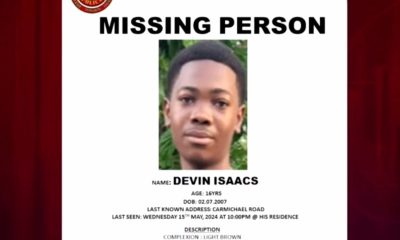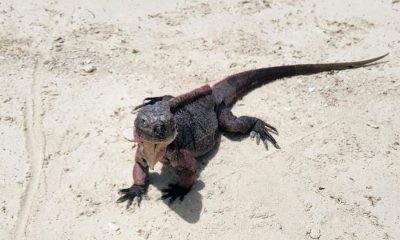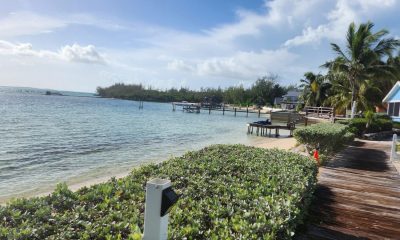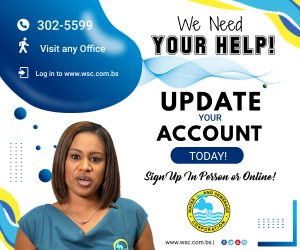National
Risk Report Outlines Bah. Vulnerabilities
NASSAU, BAHAMAS – An assessment by the Pacific Disaster Center reveals just how vulnerable The Bahamas is in the face of natural disasters.
-

 Court2 days ago
Court2 days agoTwo Men Arraigned for Death of American Woman
-

 National4 hours ago
National4 hours agoDevin Isaacs’ Mom: I’ve Stopped Counting The Days
-

 National4 hours ago
National4 hours agoWhat Is The Chef de Mission and What Do They Do?
-

 Court2 days ago
Court2 days agoPanel Upholds Drug Conviction and Sentence
-

 National2 days ago
National2 days agoUtopia of The Seas Brings Opportunities for Bahamians
-

 National2 days ago
National2 days agoExuma Cays: There’s Something Out Here for Everybody
-

 National1 day ago
National1 day agoDespite Promised Savings, High Costs Remain A Concern
-

 National2 days ago
National2 days agoForeign Minister: Will Political Rhetoric Translate Into Policy?



















